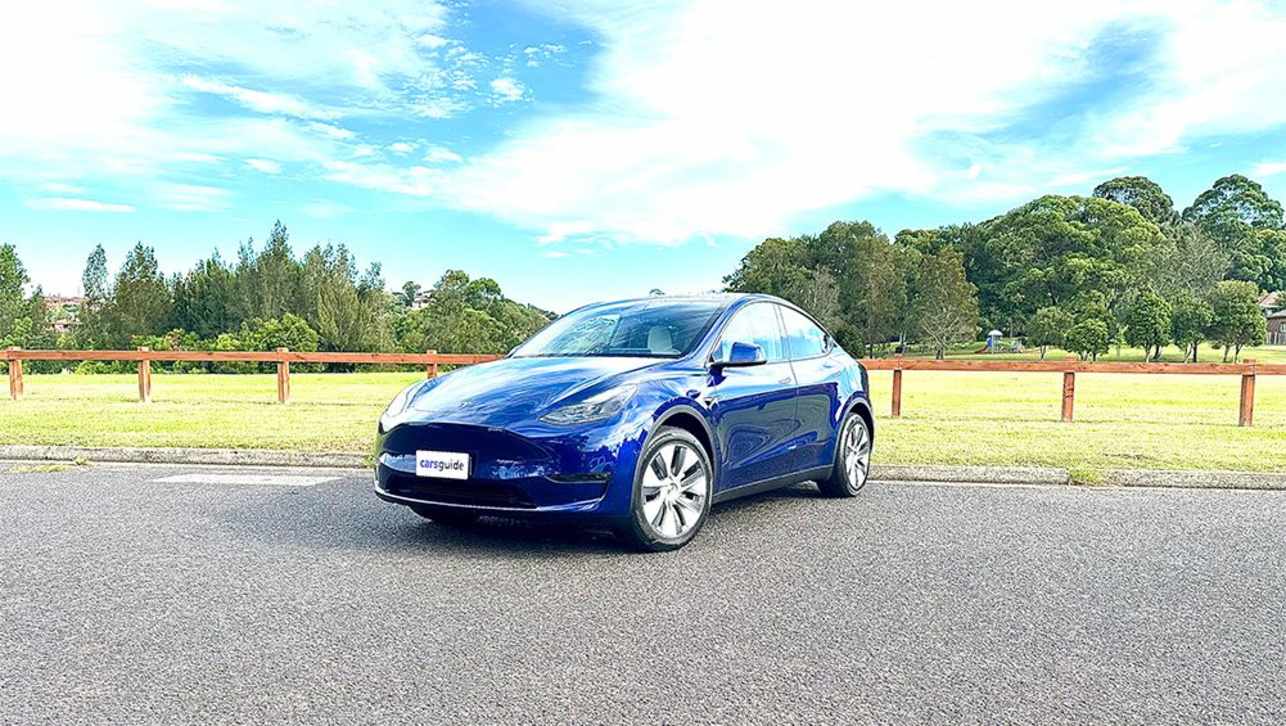The German giant has developed a concept vehicle that demonstrates the potential benefits of building a van designed without a conventional internal combustion engine. It's called the e-Co-Motion and is a zero emissions (at least from the exhaust pipe) delivery van. At this stage it is very much a concept that maps out how Volkswagen would go about building an electric van.
While there is no concrete plan to build the e-Co-Motion, which was presented for the first time at the Geneva Motor Show last week, Volkswagen is measuring the interest to determine how much demand there would be should it go into production. There are a few electric vans available at the moment, with more coming this year, but all these vehicles are compromised because they are converted electric versions of a van developed with a petrol or diesel engine in mind.
This means the engineers have to work around the packaging limitations of a van with a large space for an engine that is no longer required.
Volkswagen's e-Co-Motion was developed from the ground up as an electric-only model, meaning there is as much space as possible available for cargo.
It is not overly large, 4550mm long, 1900mm wide and 1960mm tall, and yet the eco van has a cargo capacity of 4.3 cubic metres and a payload of 800kg.
Volkswagen designers were able to achieve this space efficiency by packaging all the running gear below a flat floor. The electric drive motor, the gearbox and batteries all fit in a relatively narrow section underneath the cabin and load area. Volkswagen mounted the electric motor on the rear axle together with a single speed planetary gearbox.
Making the van rear-drive means it has a better turning circle than a front-drive version and it also doesn't require a driveshaft running from the front-mounted engine like other rear-drive machines. The maximum power outlet is 85kW, while the torque peak is 270Nm, all of which is available almost instantaneously. This is enough for the e-Co-Motion to hit a top speed of 120km/h.
The range can be determined by the most expensive part of the electric van - the battery pack. Volkswagen says the van could be offered with three different battery packs starting off with a unit with 20 kiloWatt hours (KwH), which is good for 100km of driving. A 30kWh pack would enable 150km of range, while the 40kWh unit would drive the van for up to 200km.
Running electric drive would also free up room in the cabin. Instead of having to sit above or behind the engine, the cabin has a low flat floor. This not only creates more headroom, but also enables easy entry and the ability to walk through the cabin. The passenger seat can also be folded to allow the driver to enter or exit the vehicle from both sides of the cabin. This could increase safety by allowing the driver to step out of the kerbside of the van instead of stepping out into traffic.
Volkswagen says the flat floor design also means a wide range of different body styles could be developed for minimal cost. The VW board of management speaker, Dr Eckhard Scholz, says electric light commercial vehicles could play a crucial role in the future, especially in mega cities.
''Freight trains and conventional or hybrid-power high capacity lorries would deliver goods to the city limits,'' he says. ''Then, at transfer stations, smaller electric delivery vans would take over.''








.jpg)

.jpg)
.jpg)


.jpg)

.jpg)
.jpg)
.jpg)


.jpg)
.jpg)
.jpg)
.jpg)
.jpg)




Comments